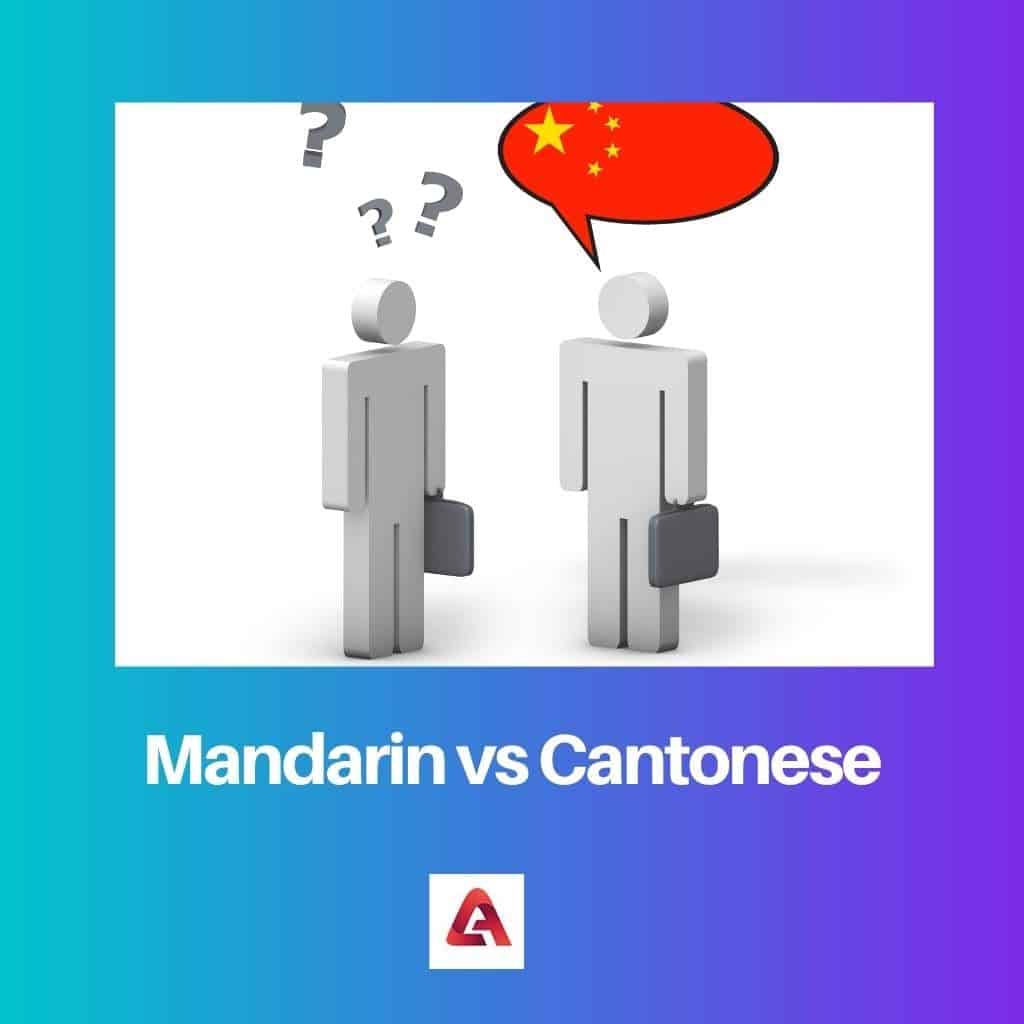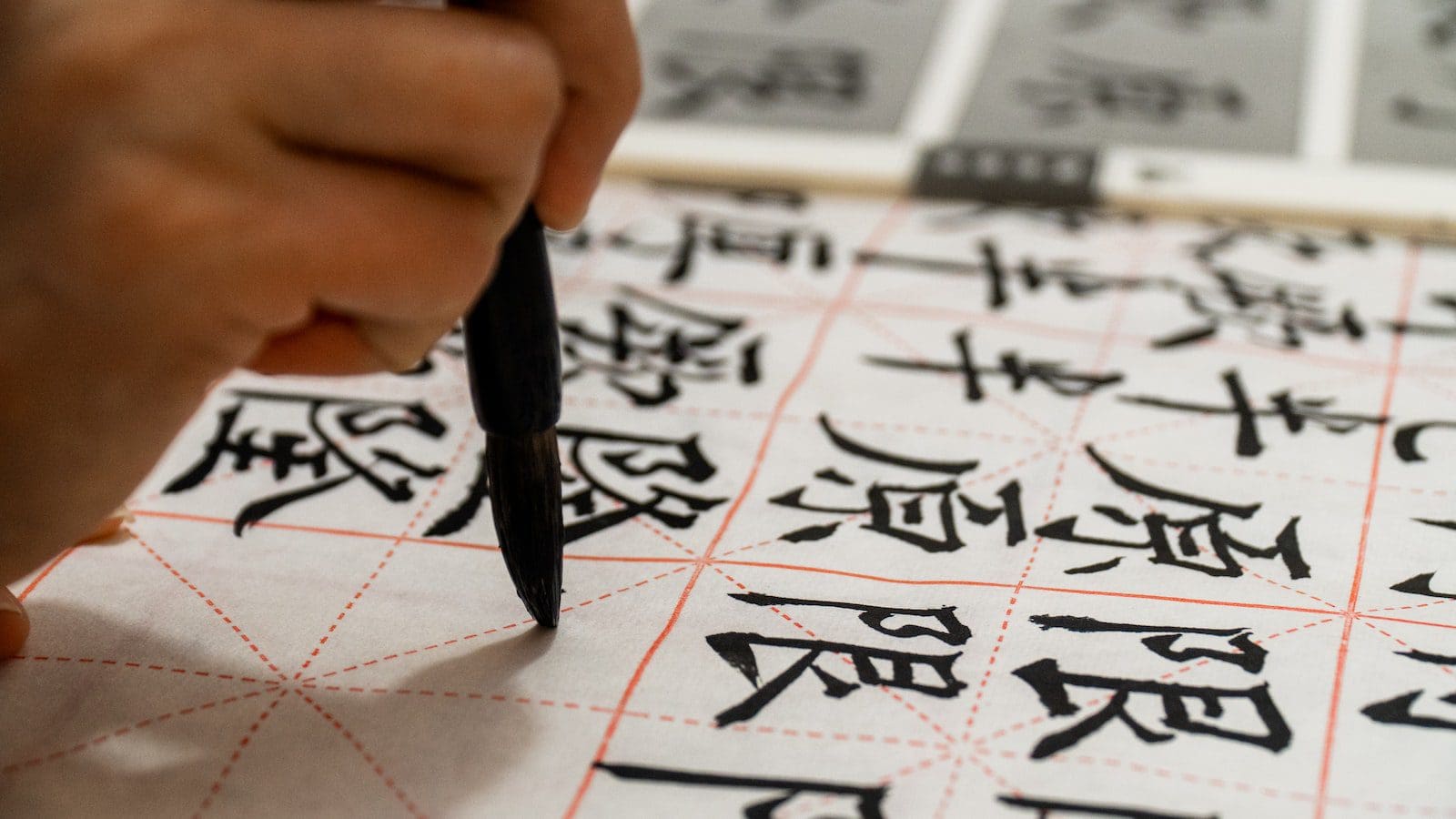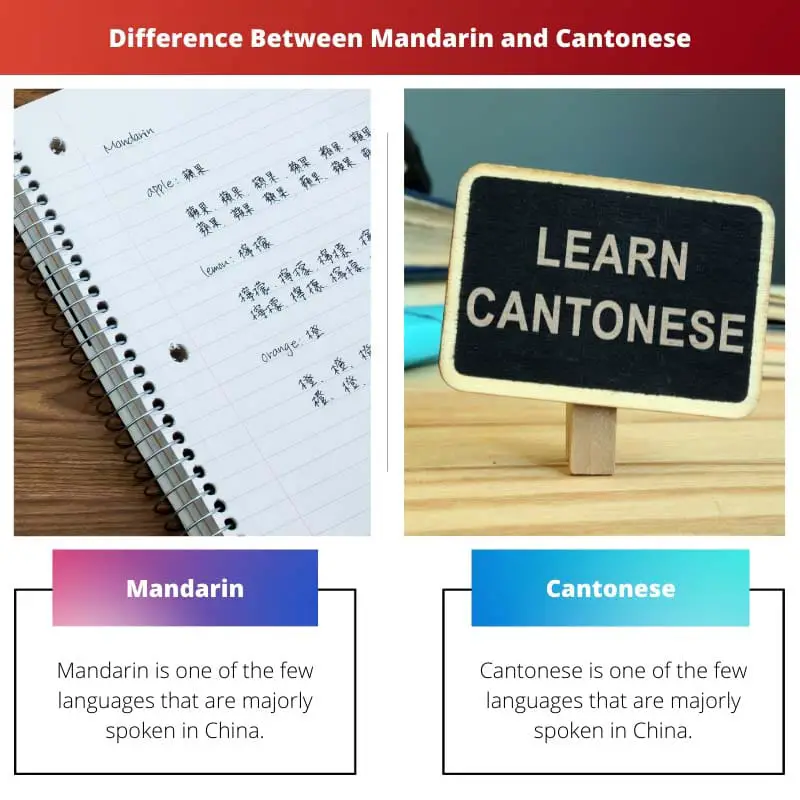For years, China has been the subject matter of fascination for many- be it their culture, or the Great Wall of China, or their scientific advancements, China has enthralled us all!
Key Takeaways
- Mandarin is the most widely spoken language in China and the country’s official language, while Cantonese is primarily spoken in the Guangdong province and Hong Kong.
- Mandarin has four tones and is considered relatively easy to learn, while Cantonese has nine tones and is more difficult to learn.
- Mandarin uses simplified characters, while Cantonese uses traditional characters.
Mandarin vs Cantonese
Mandarin is a language spoken by a majority of people in China. Around 65% of China’s population speaks Mandarin. The language has 8 number of tones that make it easy to learn. Cantonese is spoken by 5% of China’s population. It takes more time to master this language due to its nine-tonal variations.

The script was originally quite tough to comprehend but was simplified under Mao Zedong’s rule. Furthermore, the number of tones in the language is also lower in comparison to Cantonese.
On the other hand, Cantonese is one of the few languages that are majorly spoken in China. The speakers of this language are vast but significantly low in comparison to Mandarin.
Comparison Table
| Parameters of Comparison | Mandarin | Cantonese |
|---|---|---|
| Tone | Less in number and a few of them are repetitive | Plenty in number |
| Origin of Language | The language is relatively new and has been simplified over time | Over 2000 years have passed since this language was first spoken |
| Written system | The written system is the same as Cantonese, however, the spoken language differs | The written language is the same as Mandarin |
| Duration of Learning | It is relatively easy to pick up this language as it has lesser tones and the difference between the written script and spoken language is limited | The time required to pick up this language may be more than the time taken in the case of Mandarin. |
| Population | Approximately 65% of the country’s total population | Approximately 5% of the country’s total population |
What is Mandarin?
Mandarin is one of the few languages that are mainly spoken in China. Notably, approximately 65% of the country’s total population speaks this language.
However, one should refrain from thinking that this language was always this easy. This is the consequence of the language reforms phase that was spearheaded by the Father of Communism in China himself, Mao Zedong.
It only has five main tones and an additional three tones that only complement the first, third, and sixth main tones. What makes the language all the more interesting is that since the characters are logograms, they are written in Latin alphabets so that the script encapsulates the exact sounds when spoken.
One of the most useful romanization systems in this language is “Pinyin.” Furthermore, there is another romanization system that is employed while conversing in this language, and that is “Bopomofo.”

What is Cantonese?
Cantonese is one of the few languages that are majorly spoken in China. It is notable that approximately only 5% of the country’s total population converse in this language.
It is opined that Cantonese, too, is quite ancient itself. Over 2000 years have passed since this language was first spoken. It is believed that this language was spoken even during the days of Christ himself.
As the Chinese population outpoured from China across all the continents, this language travelled too. Consequently, there are Cantonese speakers across the globe in plentitude.
It is particularly tough to master this language as it has nine tonal variations. To add on, the written script of this language has not metamorphosed into a simpler text like Mandarin, thereby continuing to be complex and traditional.
It may be of no surprise that the Romanization systems in this language are also different.
Therefore, a crucial piece of advice based on the general inference from the given information is that it is always smarter to avoid mastering this language if you think you will be spending quite some time in mainland China.

Main Differences Between Mandarin and Cantonese
- The romanization systems employed in Mandarin are relatively easy. However, the romanization systems employed by Cantonese are more in number and complex.
- Where approximately 65% of the country’s total strength converse in Mandarin, the strength of Cantonese speakers in the country does not exceed 5%.




